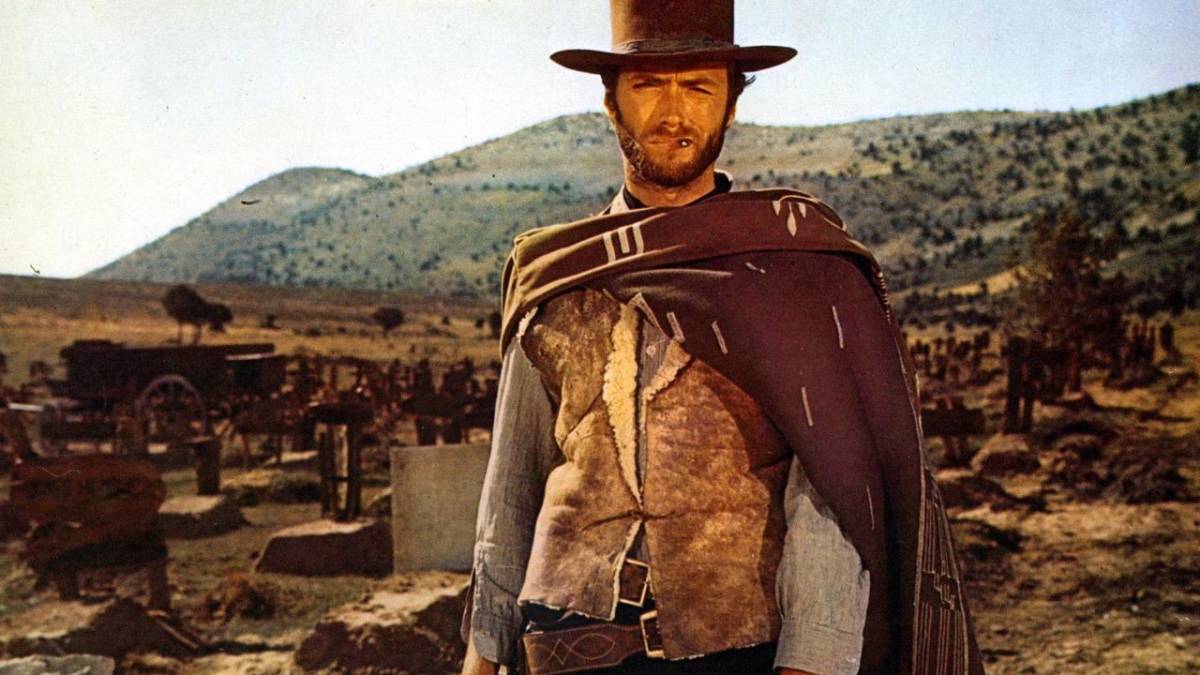
Hi everyone !
In this new video, we will address the topic of the range of views/range of scales. These terms are important to know to practice film-making, especially when writing a movie, or even to have common grounds to work in teams.
But, what is it exactly ?
The range of views/ range of scales is an indicator of the proportion a character takes in the image : for instance, when you only see their face or the entire body.
This range also enables the description of a place.
We will study two different ranges of views : one deals with landscapes or settings and the other deals with people.
On the one hand, the scale regarding settings has two ranges of views : the extreme long shot and the long shot.
The extreme long shot shows the whole background in which the action takes place. In a long shot, people cannot be identified as you only see their outlines.
The long shot on the other hand, pinpoints with precision the place where the action is set. If there are characters, they are close enough to be recognized.
When it comes to scales dealing with people, there are 7 ranges of scale that are important to know :
the full-shot enables us to see someone from head to toes.
the italian shot shows us a character from the head to the calves.
the american shot on the other hand is from the head to the thighs (originally used in Westerns to see the cowboys with their guns).
The next shot is the medium shot (from the waist up to the head),
The close shot shows the character from the chest up to the head)
Last but not least come the close-up (head only) and the extreme close-up (only one part of the face).
For your information : it is better not to cut the shot on a joint (be it a knee, elbow, wrist) because it looks ugly on screen.
Now, let’s study some more vocabulary : the process of going from a full-shot to a close-up is called
Going from a close-up to a full-shot is called “narrowing the frame” (?) The opposite is “broadening the frame”
Another thing that is important to mention : ranges of scales are useful to describe the way we want to film an action or an interview. The extreme long shot and the long shot are the only ones whose purposes are also to provoke a reaction from the viewer.
For instance, the extra-long shot’s purpose will enable to place an action in time but also to express concepts : the idea of loneliness, powerlessness. As an example, if you imagine an extra-long shot of the streets of New-York in which you see the figure of one person, it is easy to both locate the action and feel the angst expressed by the loneliness of the character. On the contrary, in Western movies, the extra-long shots and the wide open spaces will express the idea of nobility, freedom or even danger that is about to occur.
Close-ups are rather related to expressing someone’s feelings. In fiction, they’re the means through which actors can express their emotions : close-ups attract the attention of the viewer, call for it but also pinpoint specific details of an action or of a feeling.
The extreme close-up tends to build anxiety and awkwardness for the viewer, and is used to create angst and suspense.
Before we wrap up this video, here are a few tips that might come in handy for your filming :
when you go for a news report, you might want to take as many different shots as you can. By using different shots of hands, faces and long shots to set the action in its surrounding environment, you will produce some very dynamic content.
If you want to do an interview, a close-up or a close-shot in order to capture the viewer’s attention and to convey the speaker’s feelings
Finally, the best time to change the range of scale is when the journalist asks a question !
Thank you all for watching this video ! We hope it will be useful for your first videographic endeavours :)




